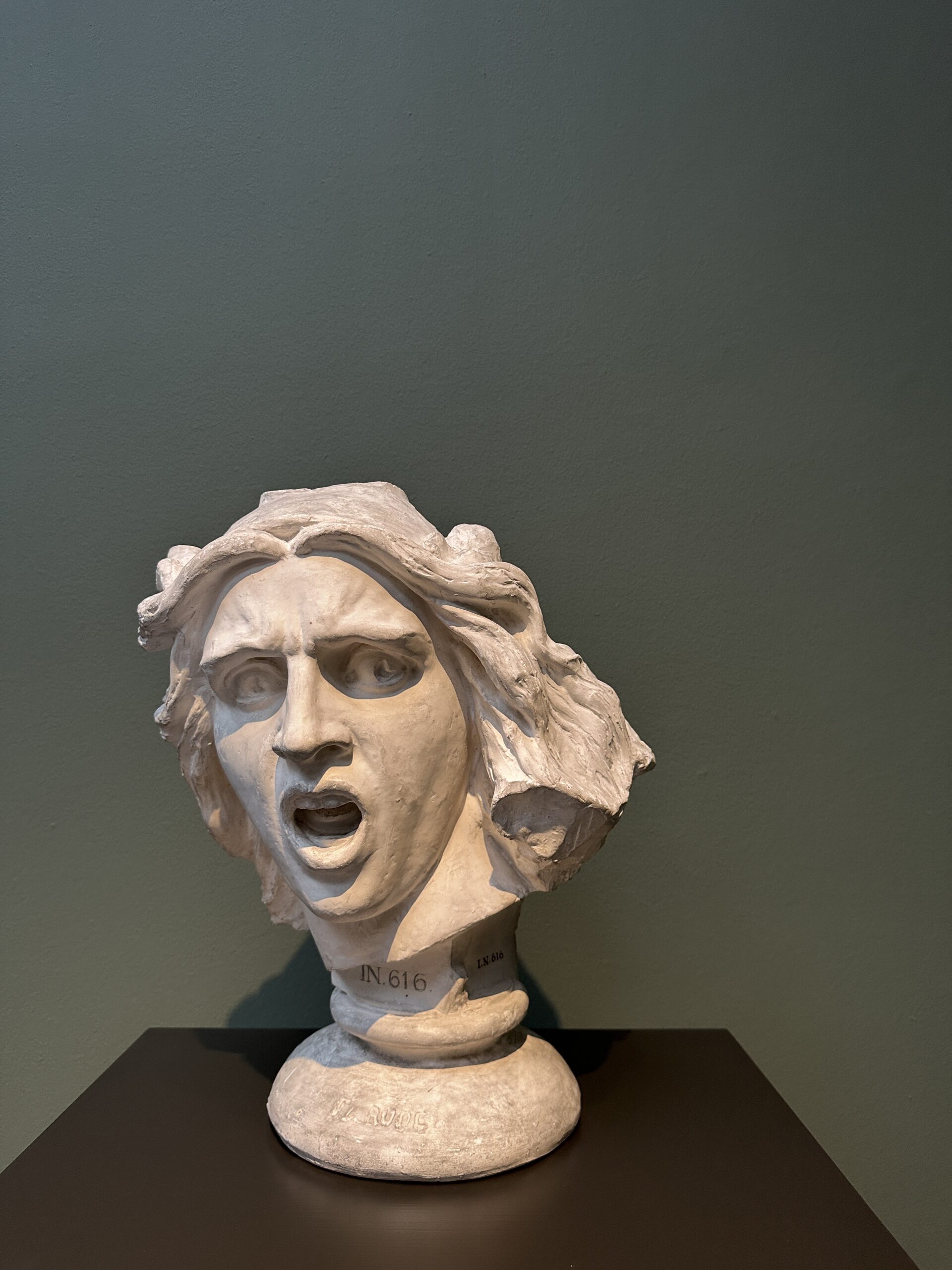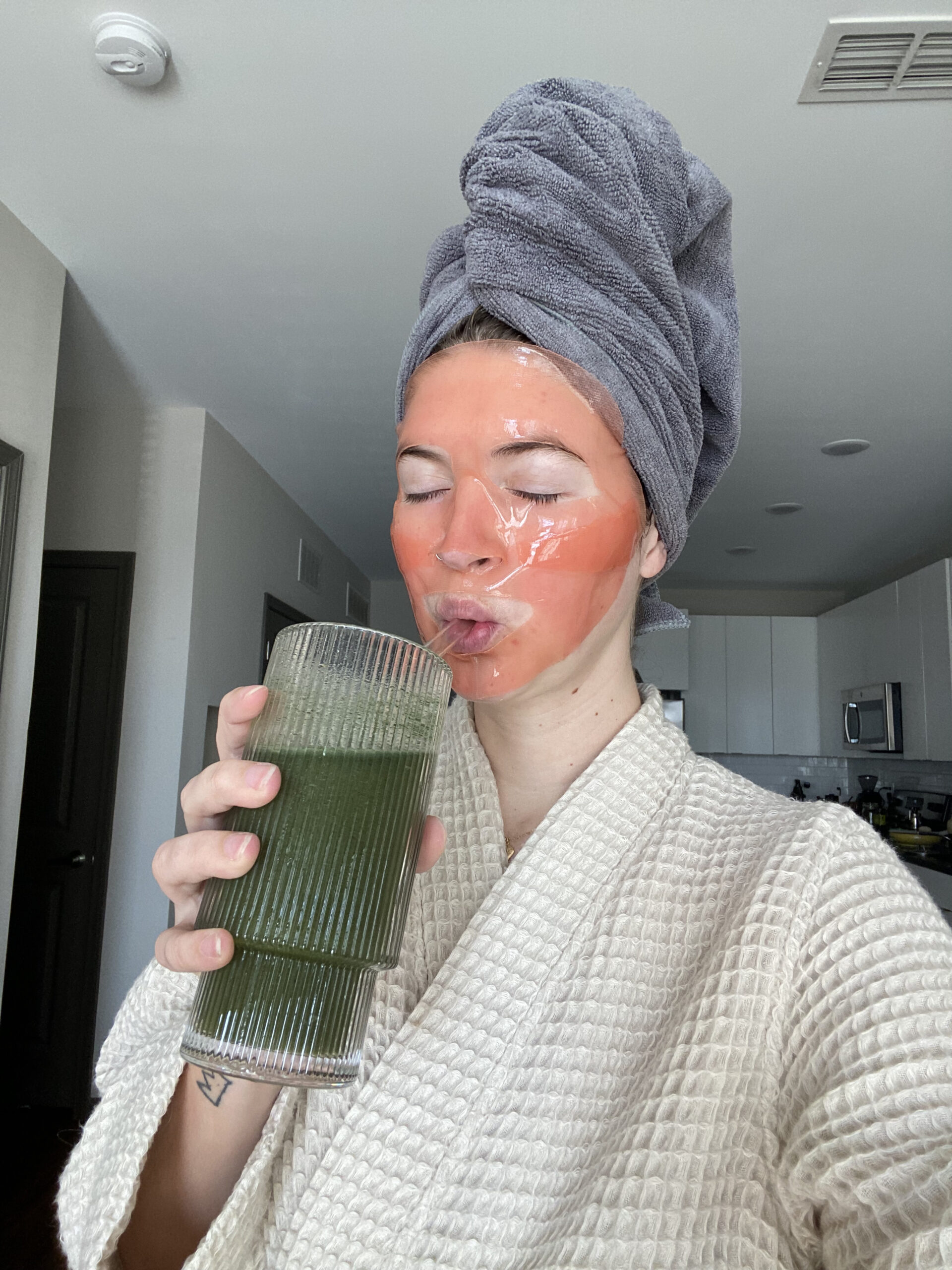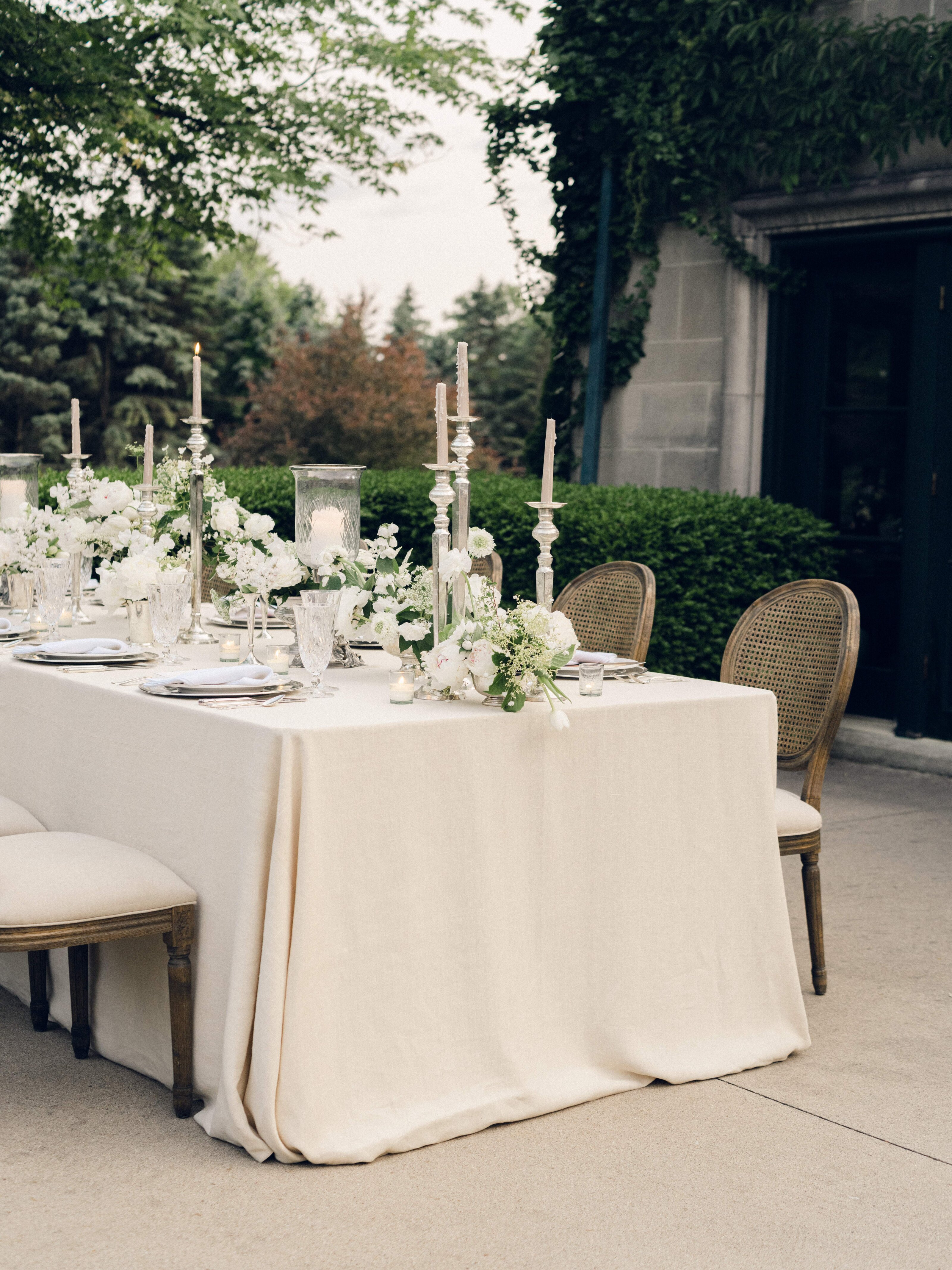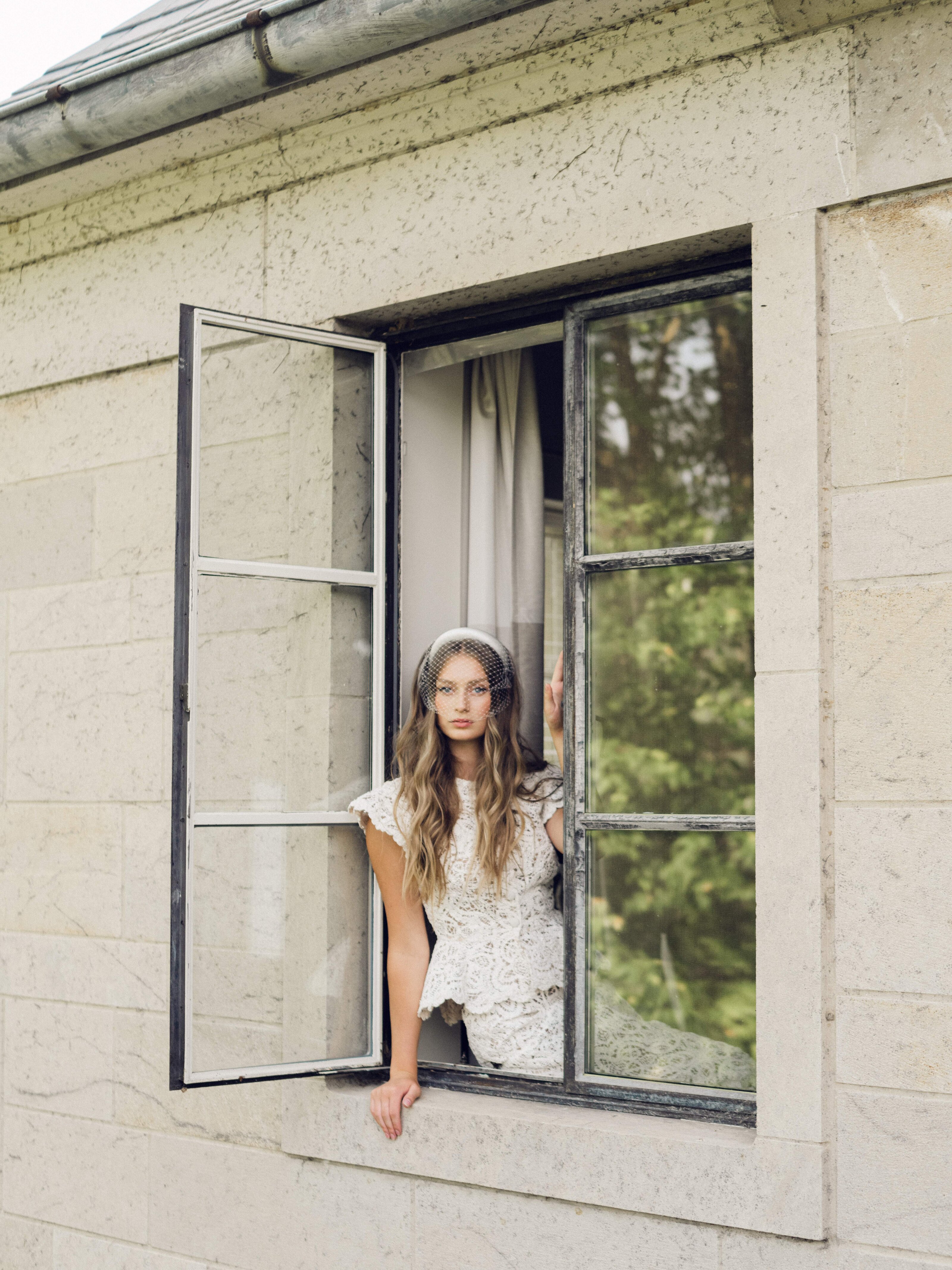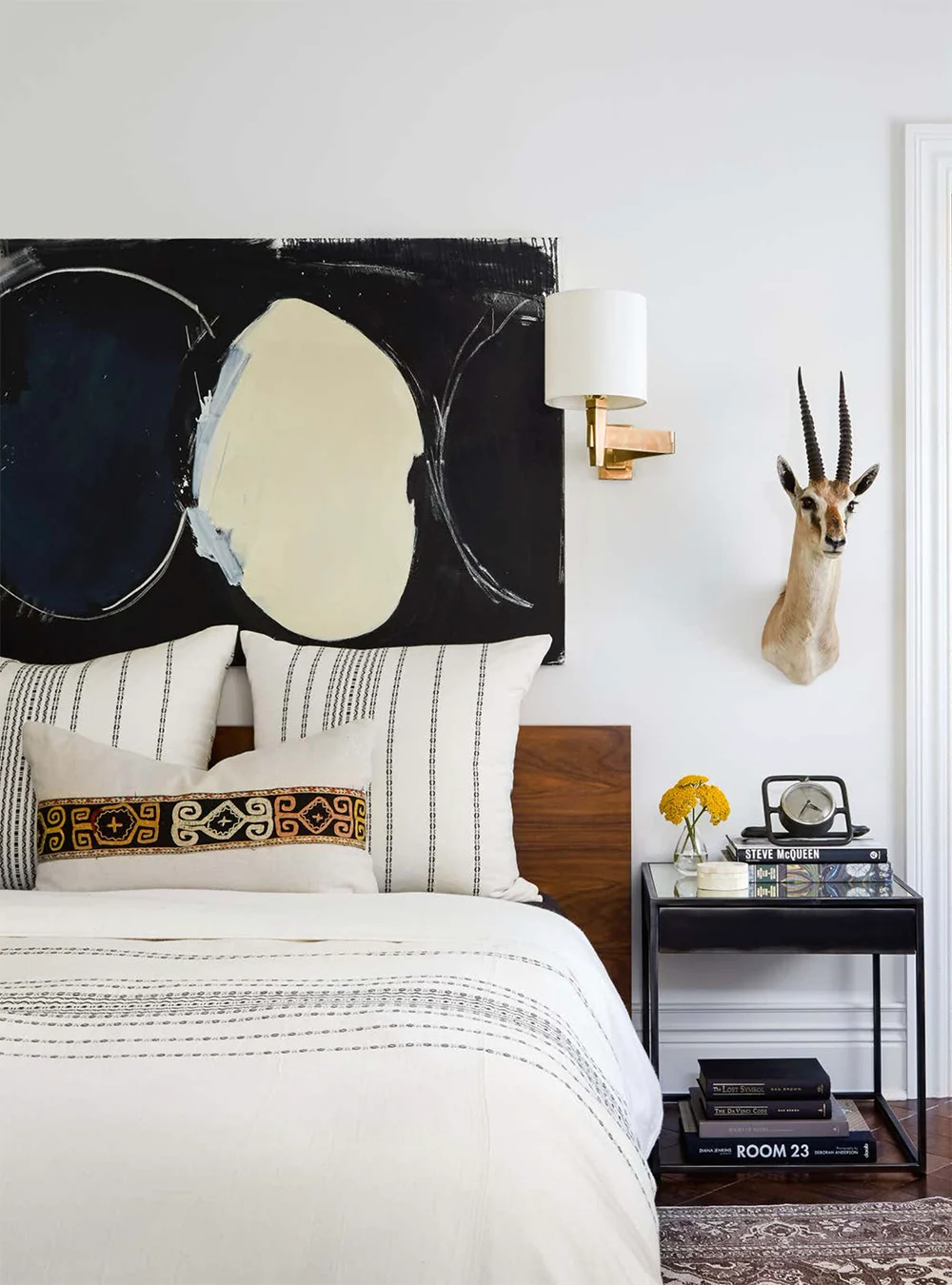
If you’ve ever found yourself torn between thinking decorating with taxidermy is creepy or a cool art form, this blog is for you. I’m diving into the weird and wonderful world of taxidermy–its history and the cultural debate around it. Is it a tasteful nod to nature or just plain yucky? Let’s get a better grasp on the ins and outs of stuffed animals so you can decide if it’s a conversation starter you want in your home or something you’d rather steer clear of. Alright, ignore your responsibilities, get comfy, and let’s talk taxidermy!
Where did this practice of preserving dead animals even get its start? Let’s look at the history. Enter the Victorian era. Taxidermy was super popular during the Victorian era and wasn’t controversial AT ALL. Death was very much a part of daily life. Mortality rates were high thanks to epidemics, lack of vaccines and antibiotics, and dangerous living conditions. People were quite fascinated with death and the afterlife. So naturally, preserving and displaying dead animals around your home wasn’t odd. Everyone was doing it.
Today, it’s a very polarizing topic. On one end of the spectrum, people argue that decorating with taxidermy has artistic and historical value. It’s a way to honor the beauty of the animal, and if it’s antique, it’s a way of keeping history alive. But it’s not just about aesthetics and history. Taxidermy is also seen as educational. Museums use it to teach about wildlife, ecosystems, and biodiversity. Those who are pro-taxidermy also think it creates an appreciation for nature and might even nudge people toward supporting conservation. Speaking of green, people argue that giving an antique taxidermied bird a second life in your home is more sustainable than tossing it in a dumpster.
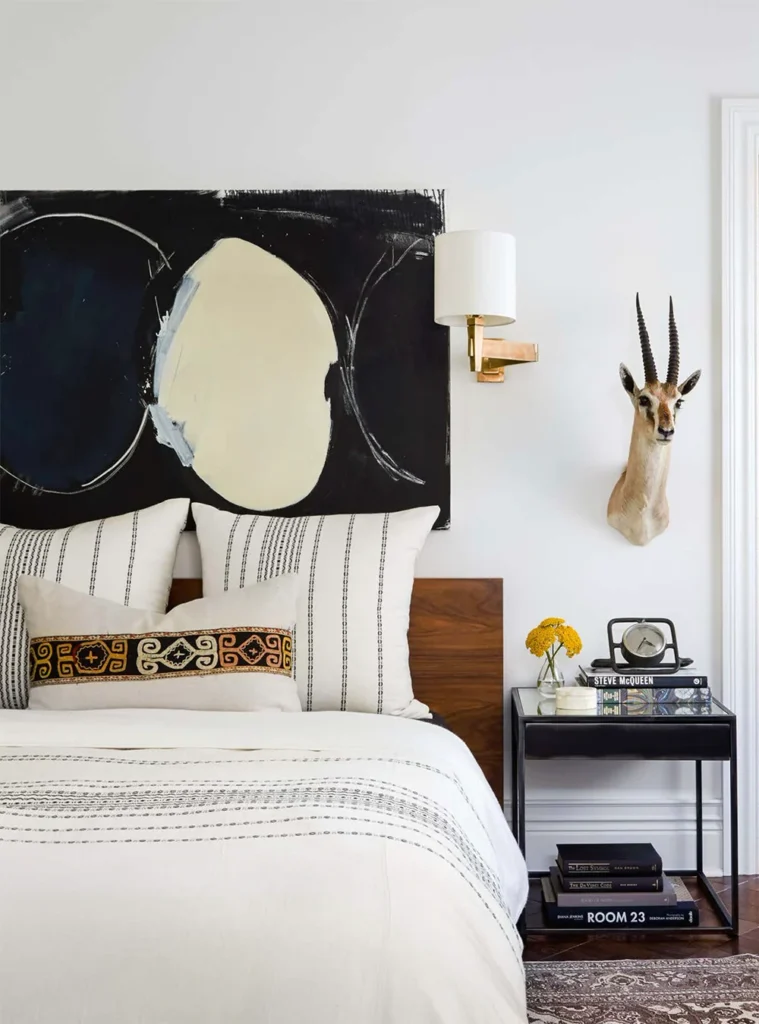
On the other end, those against taxidermy see it as straight-up unethical no matter what. It glorifies animal death and promotes trophy hunting. Even vintage taxidermy creates a demand for more. Others just find it straight-up disturbing and disrespectful. There are also legal issues to consider. Many regulations make buying and selling taxidermy illegal. For example, possessing any part of an endangered animal or migratory bird is illegal. The only way around it is if you have provenance to prove that the taxidermy was performed before the laws went into effect.
And then we’ve got the middle ground: people who say, “Well, it depends on the context.” It’s okay in museums, but not on someone’s coffee table. It depends on the animal. Think old white due, who pays $50k to kill a lion to brag about it (RIP Cecil the lion), vs. sweet old Grandpa, who’s super proud of the huge bass he caught.
I can see both sides, which puts me squarely in the middle. Where do you stand on decorating with taxidermy? Do you see the value in it? Is it wrong, no matter what? Or does it just depend?
+ view the comments
